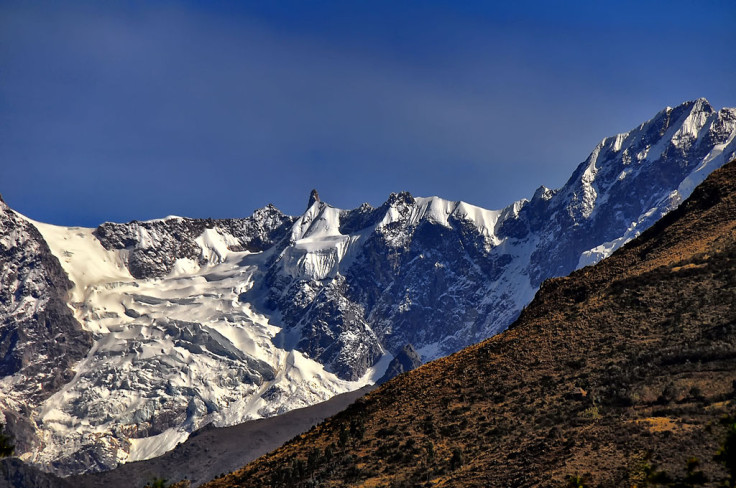Geological Cycles: How Earth Keeps its 'Goldilocks' Habitability

Earth has remained habitable under "Goldilocks" conditions because of geological cycles that act as climate control for the planet, researchers have said.
Scientists from the University of Southern California and the Nanjing University in China have put forward a new theory as to why Earth remains habitable and has not become too cold like Mars or too hot like Venus.
Published in the journal Nature, the researchers say Earth has a built-in atmospheric carbon dioxide regulator that helps control the climate – geological cycles that churn up Earth's rocky surface.
Scientists have known that fresh rock being pushed to the surface through mountain formation acts as a sponge, soaking up CO2 from greenhouse gasses. Without other processes in place, however, this would eventually deplete atmospheric CO2 levels to such an extent that the planet would be plunged into winter for a few million years.
To counterbalance this, the researchers say "fresh" rock exposed by uplift emits CO2 through a chemical weathering process, replenishing CO2 at an equal rate.
"The Earth is a bit like a big, natural recycler."
Study collaborator Joshua West
Mark Torres, lead author of a study, said: "Our presence on Earth is dependent upon this carbon cycle. This is why life is able to survive."
This system, the team says, has kept our planet in balance and habitable for millions of years.
Torres and West looked at rock from the Andes mountain range in Peru. Findings showed the weathering process affecting rocks released more CO2 than had been estimated, suggesting it has a bigger impact on global climate than previously thought.
Examining the rocks further, they found that when a mineral known as "fool's gold" breaks down, it produces acids that release CO2 from other minerals.
The Andes formed during the Cenozoic period, beginning around 60 million years ago. This coincided with a major change in the cycle of atmospheric CO2.
Through marine records, the team reconstructed the balance of CO2 release and looked at the uplift of large mountain ranges. They discovered the release of CO2 from rock weathering likely played a large and formally unrecognised part in atmospheric CO2 in the last 60 million years.
Joshua West, study collaborator, said: "The Earth is a bit like a big, natural recycler."
© Copyright IBTimes 2025. All rights reserved.






















